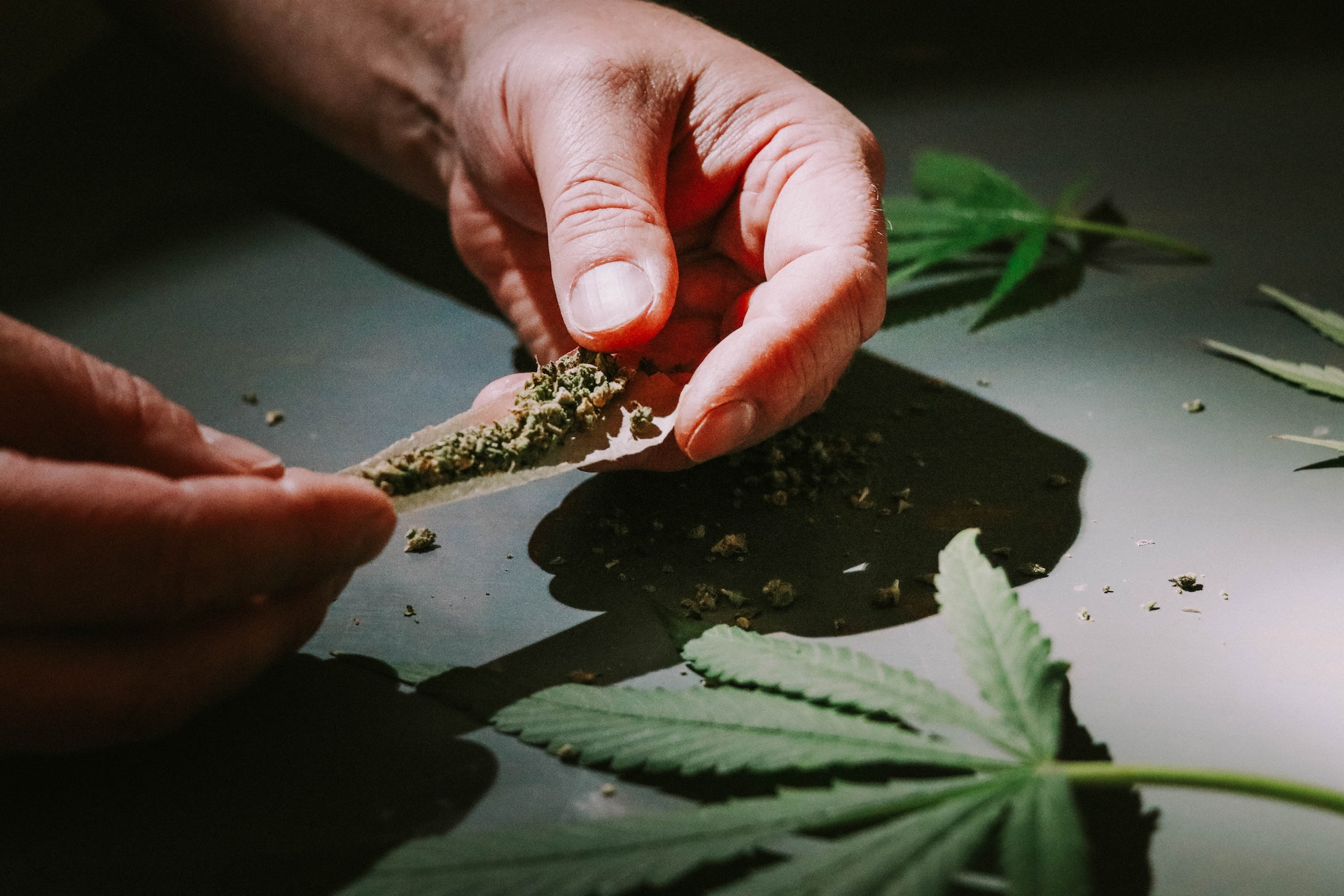
The big idea
Indoor cannabis production is a key factor in their greenhouse gas emissions, and the environmental impact varies depending on where it is grown, according to our new study.
Indoor plant lights use a lot of electricity, but the installation requires a lot of energy to maintain a healthy environment for plants. This means air conditioning or heating to maintain the right temperature. Young people also release carbon dioxide into the room to increase plant growth. This represents 11 to 25% of the greenhouse gas emissions from the installation.
But the great energy consumption comes from the need to constantly bring fresh air into the growing room. All of this outdoor material needs to be treated so that it has the right temperature and humidity. This is a very energy intensive process because the rate of air exchange is usually high. All of these inputs contribute to greenhouse gas emissions, more so in some areas than in others.
Using data from the Department of Energy, the Environmental Protection Agency and industry, we found that greenhouse gas emissions are leading to higher greenhouse gas emissions in the North West, Midwest, Alaska and Hawaii as well as the Pacific and Atlantic coasts. This is because the climate is milder by the sea, so you need less heating or cooling and because boilers use cleaner energy.
Cannabis grown in Southern California has the lowest emissions, with 143 pounds of carbon dioxide equivalent per ounce of dried cannabis. Meanwhile, East O’ahu, Hawaii has the highest emissions, with 324 kilograms of carbon dioxide equivalent per ounce. This is almost 16 gallons of gasoline.
Why is this important
Policy makers and consumers do not pay much attention to the environmental impact of the cannabis industry. In Colorado, the weed industry generates 1.3% of the state’s annual gross revenue. This is similar to the results of coal mining and waste disposal for all states. Currently, there is little legislation regarding the consequences of growing cannabis seeds indoors. Consumers also don’t care about the environmental impact. In general, this industry is growing and expanding rapidly without regard for the environment.
What we don’t know
The cannabis industry is so new that researchers don’t even know how much is being grown indoors. In addition, every pregnancy is unique. Some are old warehouses with outdated equipment, while others are more energy efficient. Growing cannabis outdoors or in a greenhouse can be a way to eliminate the need for lighting and environmental controls. However, researchers also do not know which greenhouse gas emissions are associated with these types of growth. These unknown factors make it difficult to develop the best management policies or procedures.
And when
Our team’s mission is to define and explain the environmental impact of cannabis production so that those who want to reduce their greenhouse gas emissions are better informed. Our goal is to show the greenhouse gas emissions per minute of tetrahydrocannabinol, the chemical that creates the “high.” Our preliminary results show that a concentration of THC – about 10 mg of dried flowers – can have higher greenhouse gas emissions than a single beer, wine, spirit, coffee or cigarettes, regardless of where the weed is grown.
Read More